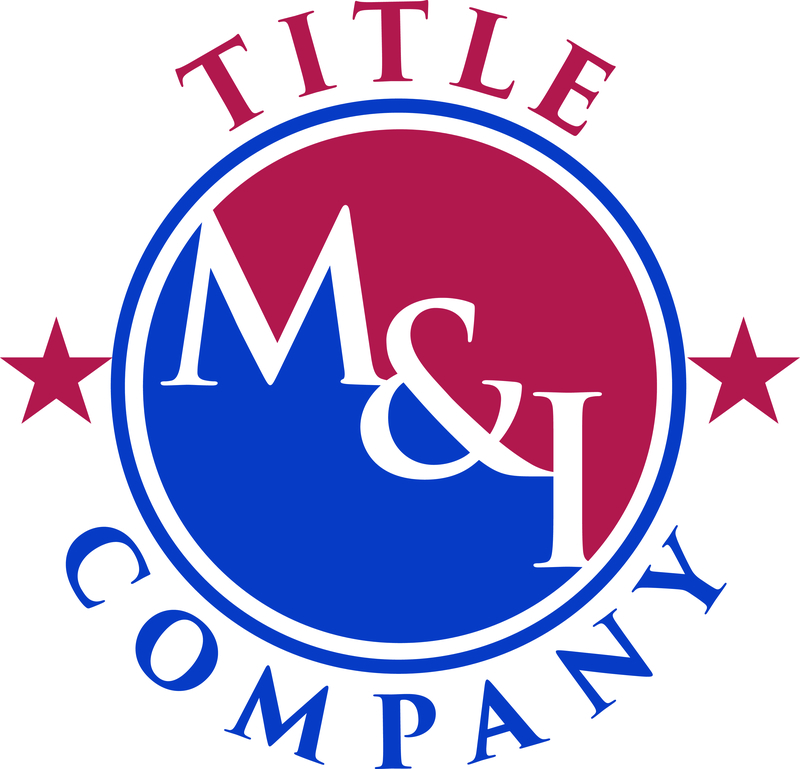 Today, CoreLogic released its “U.S. Housing and Mortgage Trends Report” which stated “their research indicates that the most popular measure of existing home sales is overstated by 15 percent to 20 percent. ”
Today, CoreLogic released its “U.S. Housing and Mortgage Trends Report” which stated “their research indicates that the most popular measure of existing home sales is overstated by 15 percent to 20 percent. ”
The “most popular measure of existing home sales” referred to in the report is the National Association of REALTORS® (NAR) existing home sales report which is published on this site and commented on by yours truly. CoreLogic, which refers to itself as “a leading provided of consumer, financial and property information, analytics and services…” says their research shows there were 3.6 million existing homes sold in 2010, down 12 percent from 4.1 million in 2009. This in contrast to the data from NAR that says existing home sales fell only 5 percent in 2010 to 4.9 million homes.

SOURCE: CoreLogic
Why CoreLogic says NAR data is wrong…
According to the CoreLogic report, “historically, the CoreLogic existing sales data have covered about 85% to 90% of all NAR’s existing home sales data.
However, in 2006 NAR’s sales data became elevated relative to the CoreLogic, MBA, HMDA and Census sales related data, and that trend has continued and become more pronounced through 2010. There are several reasons for the divergence, including benchmarking drift, more sales going through MLS systems due to consolidation and a lower share of for sale by owners (FSBO)2 home sales. Net, NAR’s existing home sales data are overstated by about 15% to 20%.”
CoreLogic’s explanation gets a little technical, but the chart below pretty clearly shows that up until about 2006, the CoreLogic and NAR home sales data was pretty much the same, and then NAR started reporting higher sales than CoreLogic.

SOURCE: CoreLogic
CoreLogic also says NAR’s estimates of Supply are too low…
CoreLogic says since NAR is overstating sales, then NAR is also understating the months supply of homes on the market since this number is based upon current sales. As the chart below shows, the difference in this area is significant…as of November, 2010 NAR was reporting an inventory of existing homes for sale of around 8 months at the end of 2010 versus CoreLogic’s 16 months.

SOURCE: CoreLogic
CoreLogic data shows home prices are going to continue to decline…
The report took a look at the relationship of home prices to months supply of inventory from 2005 through 2010. Not surprisingly, this showed a very tight relationship between the two….the law of supply and demand at work. As the chart below shows, during this period, when the supply of homes for sale is around 9 months prices are usually about the same as the year before. When the inventory has dropped below 9 months prices increase, up to better than 15 percent from the year before when inventory has hit the 4 month range. Conversely, when the supply exceeds 9 months home prices fall from the year before...in excess of 20 percent as inventories hit 17 to 18 months.

SOURCE: CoreLogic
My take on the report..
As far as the difference in sales numbers between NAR and CoreLogic I would say that, for the most part, it doesn’t much matter…they both use different methods of aggregating and computing data and I see this often. However, having said that, my concern is that, as we discussed above, until 2006 the two approaches came up with the same result for the most part and then started showing quite different data after that. Assuming that neither changed their methodology (I’m not aware of either, although NAR did replace their Chief Economist in 2007) then I would have to say one of the two is not accurate. If NAR is wrong and CoreLogic is right, then the market is performing even worse then we have thought which is not good. If NAR is correct then things are where we thought they were.
The more concerning part of the report is the CoreLogic analysis on home prices and their relationship to inventory. Even though CoreLogic’s inventory numbers differ from NAR, they are the same numbers CoreLogic has used for the period examined so it is relative….based on their approach, the supply is up and prices are headed downward….in excess of 10 percent it appears. Ugh….



Leave a Reply
You must be logged in to post a comment.